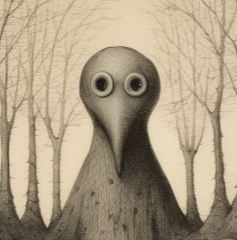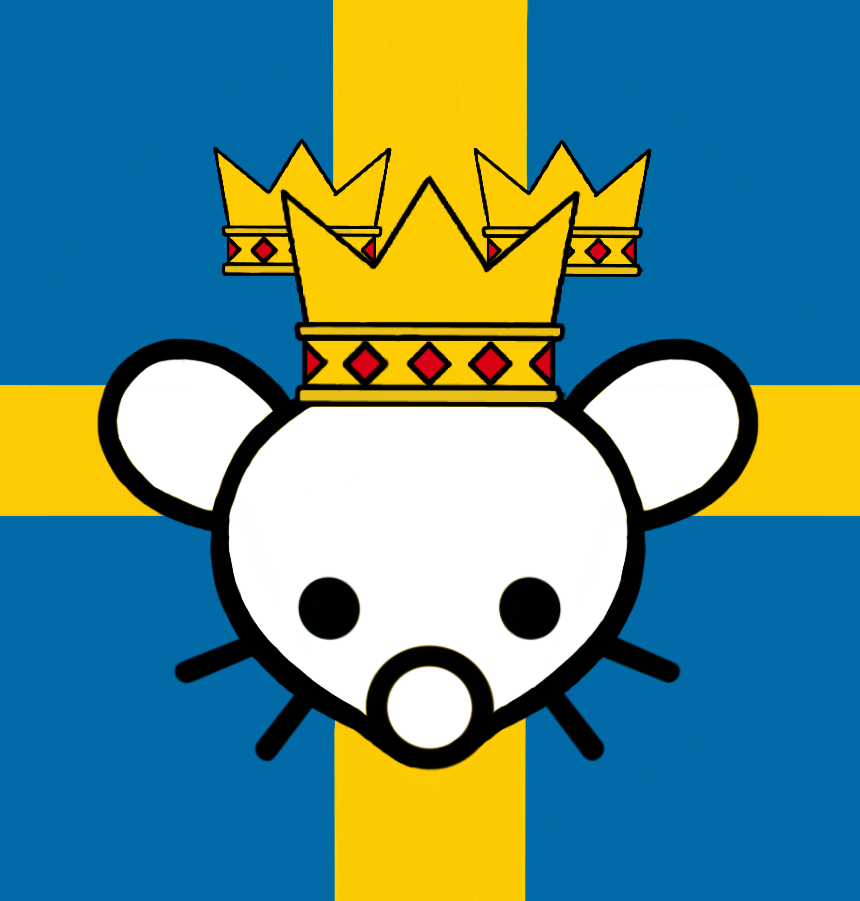Vi är i alla fall tacksamma över att de inte refererar till filmen “Midsommar” som är en sorts psykotisk utomståendebetraktelse av en sorts ihopkokad homogent människohatande kollektiv kult.
Hoppas att ni har haft en riktigt god midsommar!

One of the weirdest yet commonly observed traditions in Sweden is the Midsummer frog dance around the maypole, which begs the question… why, oh WHY?
The song describes little frogs who are apparently amusing to look at, due to their lack of ears and tails, and is accompanied with dance moves to represent ears and tails. The song then mimics croaking and the dancers skip like frogs around the pole.
Maybe you saw Swedish actor Peter Stormare sing the song to Tom Cruise in the American action movie Minority Report, made by Steven Spielberg in 2002. Or maybe you have seen Swedish celebrities demonstrate the dance, such as Alicia Vikander in the clip below. Maybe you’ve simply been bewildered when the frog dance broke out at a Swedish Midsummer party.
Where does it come from?
Despite being a pinnacle in Swedish culture, the song actually originates from France.
It borrows from the French military march La Chanson de l’Oignon (The Song of the Onion), which was sung by the Napoleon army. The onion was an important source of food for the French army, and the chorus, used for croaking in the Swedish version, goes “Au pas, camarade, au pas, camarade, au pas, au pas, au pas” (In step, comrade) in the French original.
As for how frogs became involved in the song, it is commonly believed to be due to a parody version sung by the English, who at the time were bitter enemies of France. The English referred disparagingly to the French as “frogs” or “frog-eaters” and rewrote the lyrics to "Au pas, grenouille” (In step, frog).
How this song made its way into Swedish traditions is not known, but the first recorded instance of the “Little Frogs” was in woodwork and culture classes given at Nääs castle in the end of the 1800s. These courses were given to teachers where they could learn songs and traditions to pass onto school children.
The song is also sung in Norway as “Små Rumpetroll” and in Denmark as “Små Frøer”. But it is relatively young in terms of Swedish children’s ballads. Some the other Midsummer classics, such as “Räven Raskar Över Isen” (The Fox Hurries Across the Ice) can be traced back to the middle ages, according to Mats Nilsson, professor of ethnology at Gothenburg University.
Innan någon annan försöker sig på att förklara midsommarstången så är det inte en fallos!
Det är den om du är modig nog ;)



